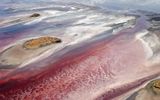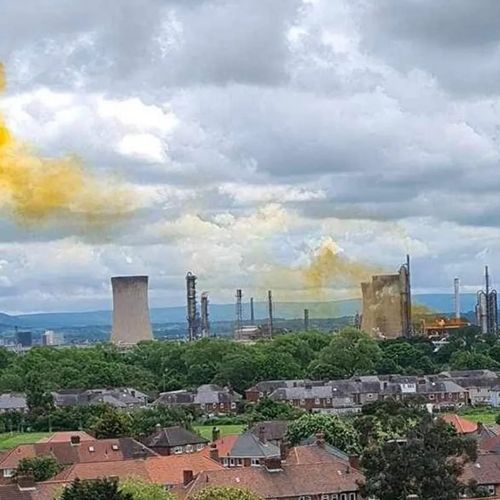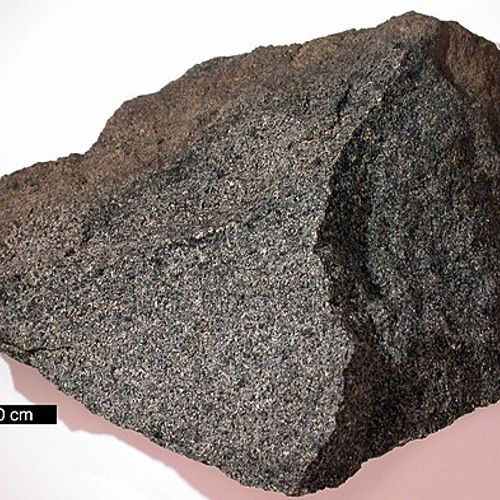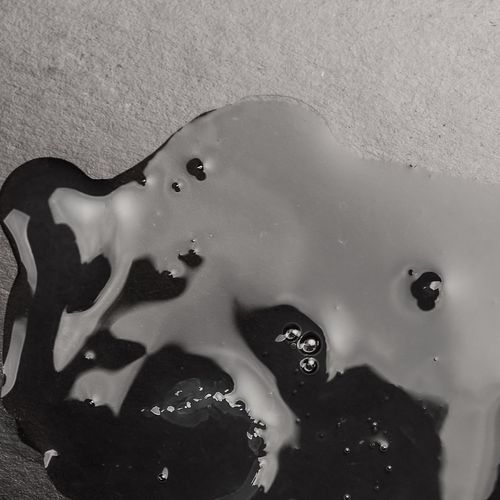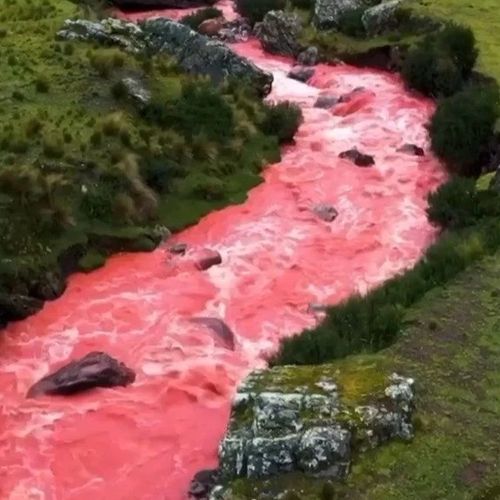
| Added | Thu, 13/07/2017 |
| Источники | |
| Дата публикации | Thu, 18/08/2016
|
| Версии |
A small lake with a depth of less than three meters, located in the North of Tanzania near the border with Kenya, got its name from the mineral natron. Depending on the season, the Natrona surface can be covered with a crust of mineral salts, brought together with the volcanic ashes from East-African rift valley, also known as the Great rift valley.
Looking at these photos, it's hard to believe that at times this lake looks quite normal. But when water evaporation leads to a significant increase in alkalinity Natrona, aktiviziruyutsya some types of bacteria whose livelihoods colors lake in blood red.
In the lake live only a few types of animals, including unique species of fish called "alkaline tilapia". In addition, it is home to rare small Flamingo, which is one of the few breeding sites. Lake water reliably protect flamingos from predators during the breeding season, so millions of these birds come here to nest, but it is still quite dangerous event — flamingos build their nests on the Islands of salt that surround the deadly waters of the lake.
The alkalinity of the lake ranges from 9 to 10.5 pH, and water temperature reaches 60 °C, so the animals (mostly birds), falling into the lake, immediately die and their remains are covered with minerals and harden, turning into stone statues.
For the first time a unique "ability" Natrona kill animals and turn them into statues discovered photographer Nick Brandt during his next trip to Africa. He made a report, placing the remains as if these birds and bats are alive, that made his images look like scenes from a horror movie.
"I could not help but photograph them," he says.
Translated by «Yandex.Translator»
Новости со схожими версиями
Log in or register to post comments
